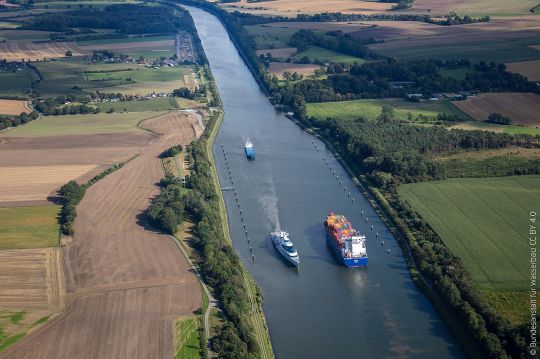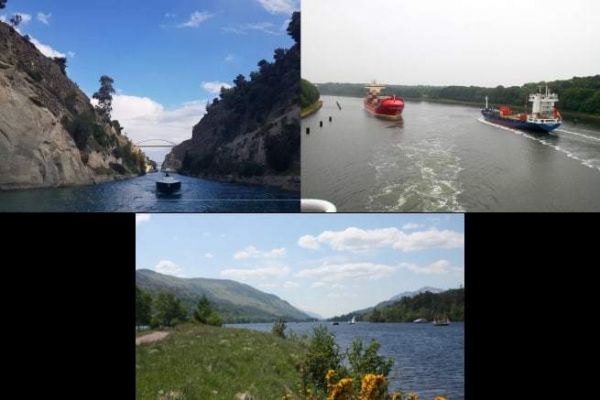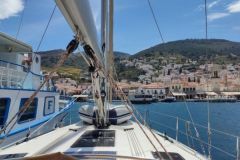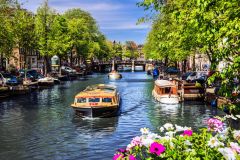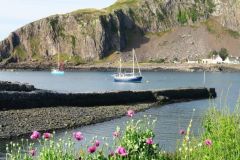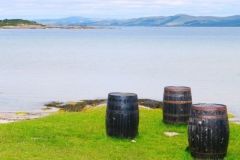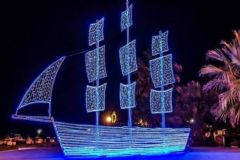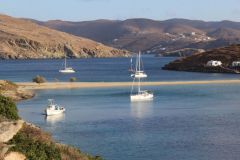Between 2 ocean cruises and a bit of coastal sailing, we sometimes feel like cutting across land and fields to make our cruises into loops, without having to go around the world! This is possible in many parts of Europe. Here are 3 canals, to the north, west and south, that are well worth the detour and the navigation.
Corinth: A canal through the cliffs
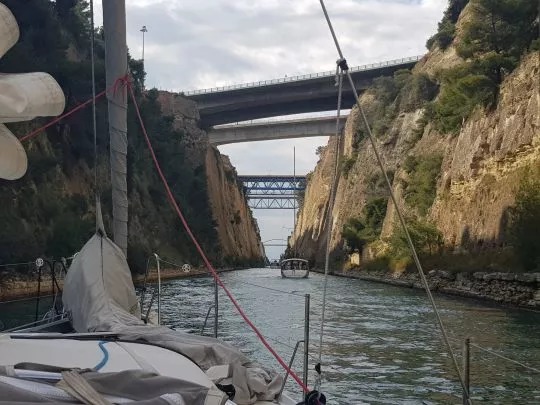
First port of call: Greece. While the Peloponnese peninsula is rich in ancient history, from Patras to Sparta and Olympia, and renowned ports of call such as Hydra, Kalamata, Spetses and Kythera, the isthmus that links it to the mainland can be an obstacle to cruising, if the boat has to be left at its port of departure. Fortunately, a canal has been dug in Corinth to link the Gulf of Corinth, in the Ionian Sea to the west, with the Saronic Gulf to the east, in the Aegean Sea. The result of a titanic project, it was inaugurated in 1882, and allows boats to avoid the long Peloponnese bypass or to plan a cruise in the form of a loop, using this 3.2-mile long, 25-meter wide corridor.
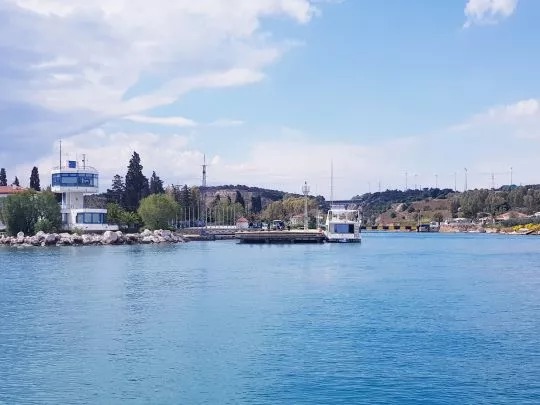
Although its condition has necessitated work and closures, it is due to reopen in May 2024. Navigating the canal between the cliffs is an impressive experience. Maintenance fees are payable to the canal company.
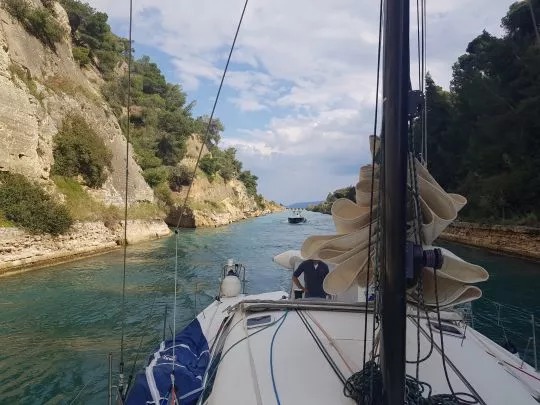
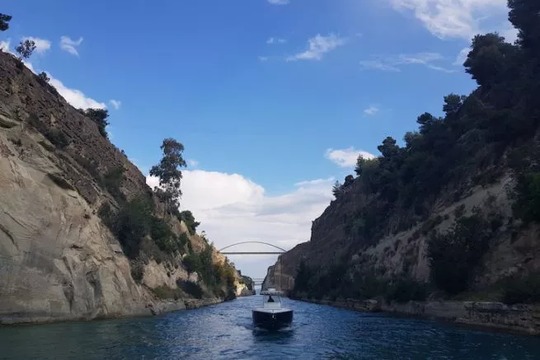
Caledonian Canal: sailing with the Loch Ness monster
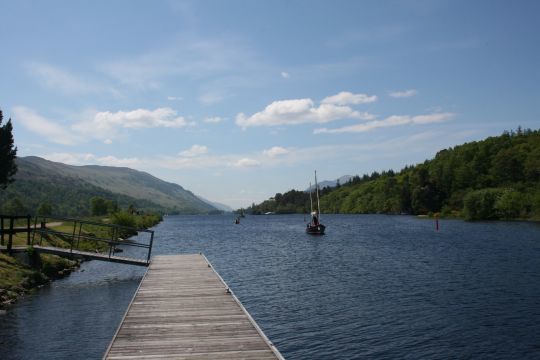
Scotland's lochs are full of charm. From Jura to Mull, Skye to Arran, the islands of the West of Scotland have a wealth of fascinating names. A tour of Scotland is sure to enchant, and the Great Glen Fault, visible on the map, encourages you to zoom in. We discover that the many lakes between Fort William in the west and Inverness in the east have been linked by the hand of man, creating what is known today as the Caledonian Canal. The Caledonian Canal links the Irish Sea to the North Sea, opening the way for the more adventurous to sail to Norway or circumnavigate Scotland. From canalised reach to navigable lake, you'll cruise between sheep and fields, all the while passing at the foot of Ben Nevis, the highest mountain in the UK at 1345 m altitude. If you're a fan of legend, you can tack in search of Nessie in the waters of Loch Ness.
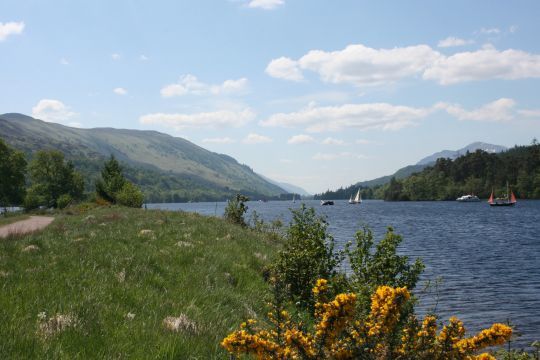
It will take several days of navigation. The Caledonian Canal, inaugurated in 1822 after 18 years of construction, boasts 29 locks, including eight for the famous Neptune Staircase alone, which allows you to climb 19.5 m in 90 minutes. Over its 96 km length, it crosses 3 natural lochs: Loch Lochy, Loch Oich and Loch Ness. Only 35 km are actually canalised.
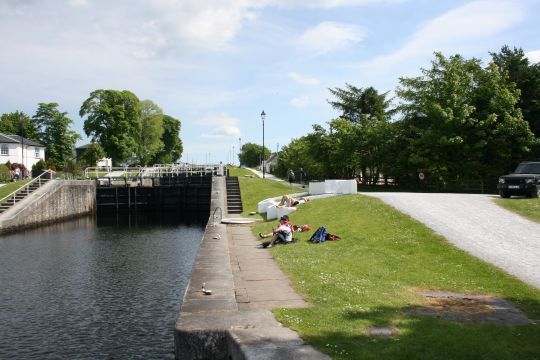
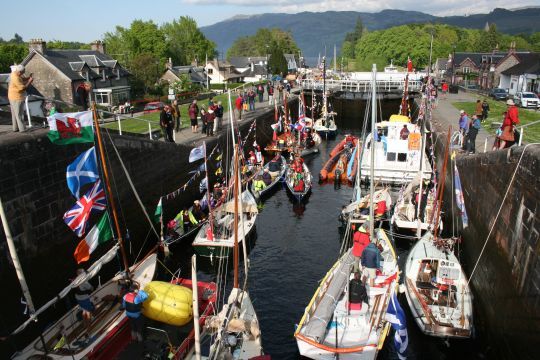
Kiel Canal: a shortcut between the North Sea and the Baltic Sea
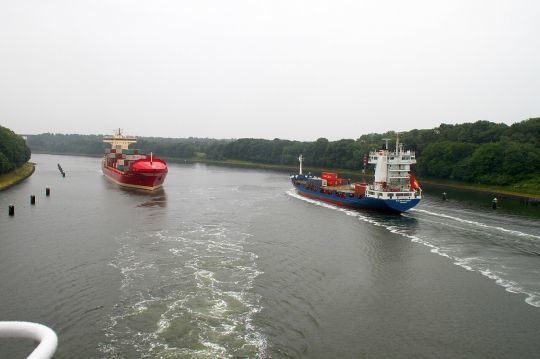
While the Baltic islets - be they Danish, Swedish, German or Finnish - have much to attract the summer cruiser, a tour of Denmark is a pretty good trip. So it's tempting to cross this peninsula. The merchant navy and geopolitics made this possible with the inauguration of the Kiel Canal or Nord-Ostsee Canal. After the Danes inaugurated a small-gauge version, the German Reich, having taken control of the isthmus of the Jutland peninsula, launched the construction of a larger version in 1887, designed to accommodate heavier traffic and avoid the Danish-controlled Sund straits. Inaugurated in 1895 after eight years' work by almost 9,000 men, the canal links Holtenau in the east, near Kiel on the Baltic, with Brunsbüttel on the North Sea in the west.
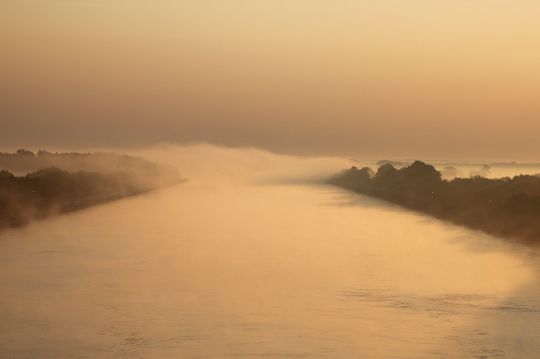
At 98 kilometers long, it has been enlarged several times, and now accommodates large vessels with an average depth of 13 meters. Two locks at the entrance and exit give access to the river, and navigation is free thereafter. It is one of the world's busiest shipping lanes, with some 120 ships passing through every day. Between fields and industrial areas, the Kiel Canal will allow you to rub shoulders with merchant ships and pass through its "mini Panama Canal", while remaining in Europe!
